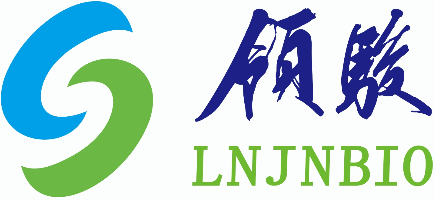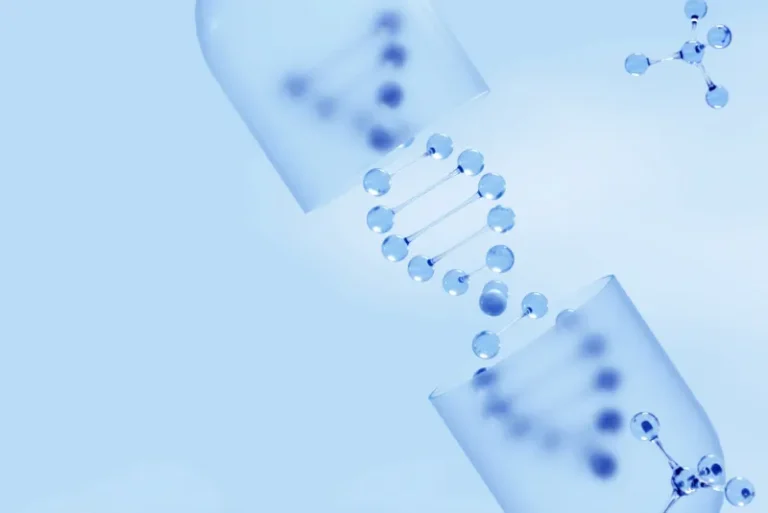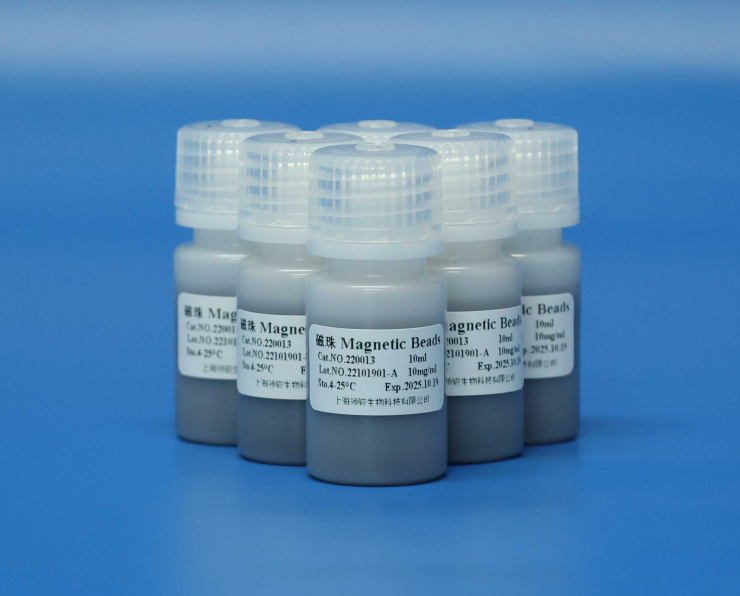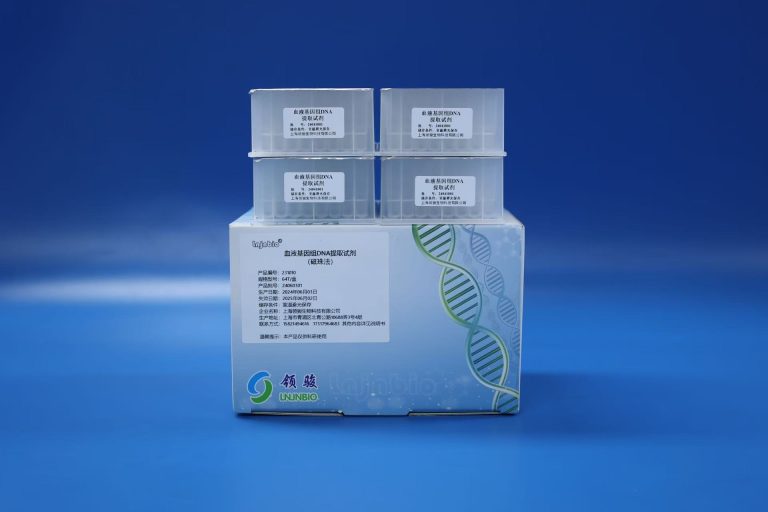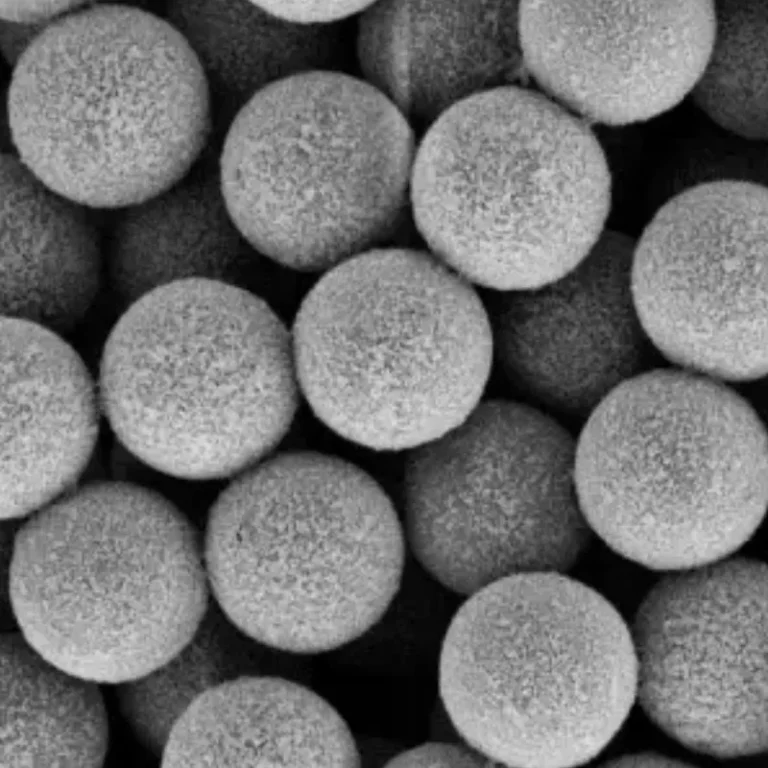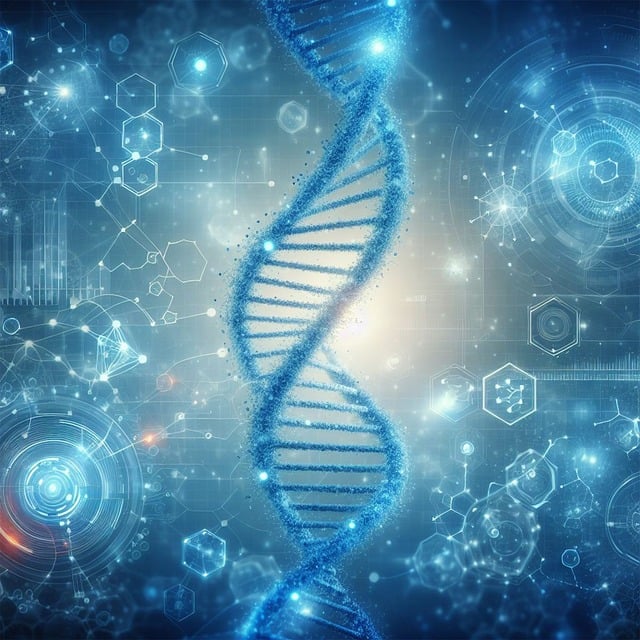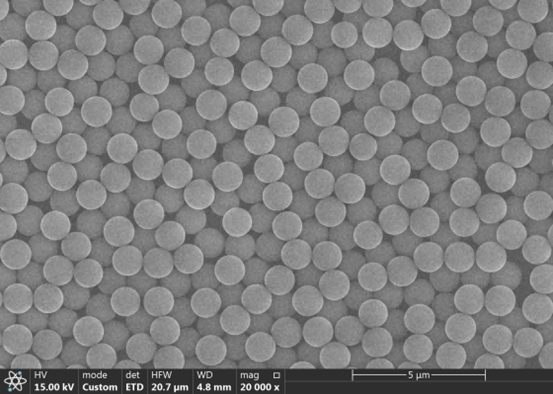Professional Manufacturer of Biomagnetic Beads
The concept of fluorescent immunoassay is an analytical technology based on antibody-antigen-specific recognition, which detects mobile target molecules through fluorescent signals. This technology combines multiple disciplines, such as immunology, fluorescence and biochemistry, and has the advantages of high specificity, rapidity, simplicity and wide application. However, the chromatography detection has a certain lag, and the target in the test object can only be detected when it reaches a certain concentration. Compared with PCR, the sensitivity is not high. The following is a brief introduction to immunofluorescence chromatography.
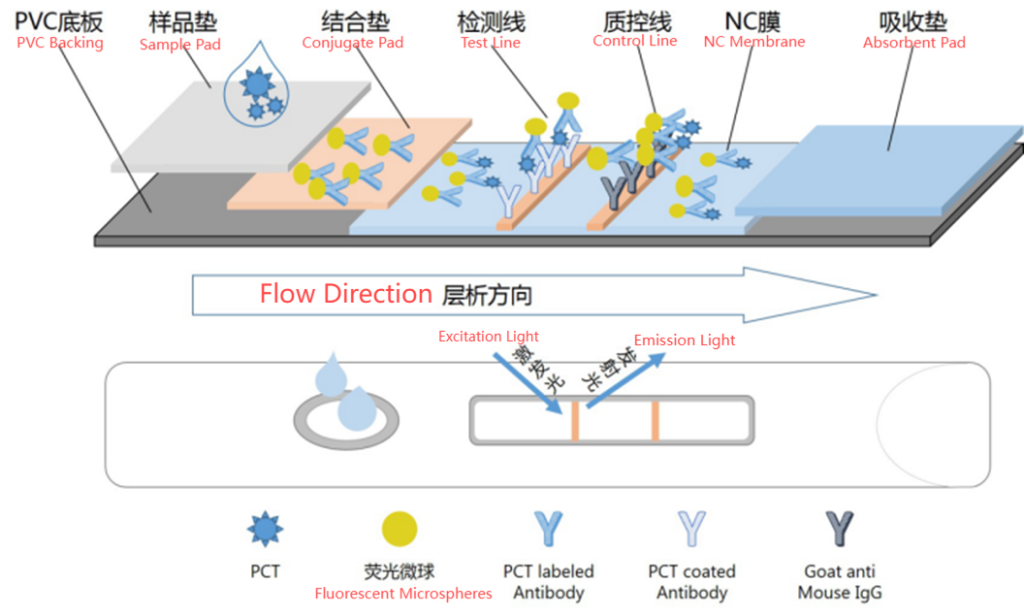
I. Principle of Fluorescent Immunoassay
Fluorescent immunoassay technology uses a strip fiber chromatography material with a fixed detection line (coated antigen, T line) and quality control line (antibody, C line) as the stationary phase and the test liquid as the mobile phase. The fluorescently labeled antibody or antigen is fixed on the connection pad, and the analyte moves on the chromatography strip through capillary action.
For macromolecular antigens (proteins, viruses, etc.) with multiple antigenic determinants, the “sandwich” double antibody sandwich immunochromatography method is usually used. That is, the analyte first binds to the fluorescent labeled antibody under the action of the mobile phase, and then binds to the coated antibody when it reaches the detection line to form a double antibody sandwich type.
During the test, the sample solution will be chromatographed upward under the capillary effect, and two display results will appear: if it is negative, the sample does not bind to the fluorescent antibody, the fluorescent antibody binds to the specific sample coupling agent, and the matching instrument test result is negative; if it is positive, the sample reacts with the fluorescent antibody first, and when the sample antigen content reaches a certain amount, the fluorescent antibody no longer binds to the specific sample coupling agent in the test area, and the matching instrument test result is positive.
II. Applications of Fluorescence Immunoassay
1. Biomedical field: Detection of various biological molecules in the human body, such as tumor markers, viruses, bacteria, drugs, etc., for clinical diagnosis, treatment monitoring, etc.
2. Life science field: Detection of proteins, nucleic acids, cells and cell molecules, etc., for gene expression analysis, protein interaction research, cell analysis, etc.
III. Disadvantages of Fluorescence Immunoassay
Due to unstable laboratory temperature, humidity, light and other conditions, improper storage of the test kit, poor stability of the fluorescein substrate, etc., the test results may be unstable.
IV. Development trend of fluorescent Immunoassay
Fluorescent immunoassay technology is most widely used in the field of clinical diagnosis, especially in the rapid screening of infectious diseases, tumor marker detection and early diagnosis of cardiovascular diseases.
In addition to clinical diagnosis, fluorescent immunoassay analysis is gradually applied to food safety testing, environmental monitoring and other fields, providing strong support for rapid detection in these fields.
The fluorescent immunoassay market will continue to maintain a steady growth trend in the next few years. With the dual drive of technological progress and market demand, we have reason to believe that the industry will usher in a broader development prospect.
Supplier Introduction

Shanghai Lingjun Biotechnology Co., Ltd. was established in 2016 which is a professional manufacturer of biomagnetic materials and nucleic acid extraction reagents.
We have rich experience in nucleic acid extraction and purification, protein purification, cell separation, chemiluminescence and other technical fields.
Our products are widely used in many fields, such as medical testing, genetic testing, university research, genetic breeding, and so on. We not only provide products but also can undertake OEM, ODM, and other needs. If you have related needs, please feel free to contact us at sales01@lingjunbio.com.
